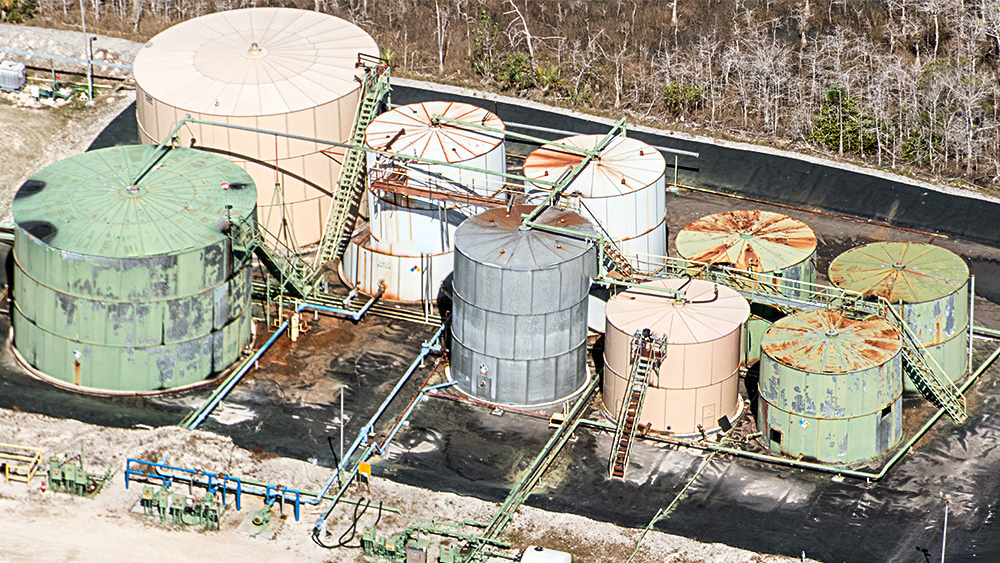We take for granted the endless flow of electrons that enable modern life just as we take for granted the air we breathe. Yet, an outage can occur at almost any time, usually when too much demand is placed on some portion of the circuit distributing energy around a neighborhood. As misfortune would have it, the rush to electrify the cars we’ve come to depend upon is increasing the risk of overloads and outages in the years ahead if utilities can’t keep up.
Nowhere is the need for bolstering the grid as pronounced as it is in California. A new study reveals that, as the state chases its audacious goal of ensuring that every new vehicle sold from 2035 on plugs into an outlet, Golden State energy providers will need to perform extensive upgrades to the circuits that shuttle energy around cities. By 2045, California’s three major utilities will need to expand their combined distribution capacity by 25 gigawatts. The researchers found that these upgrades could cost $6 billion to $20 billion for the transformers and other hardware alone. Despite the expense, it will likely benefit, not burden, everyone who uses electricity.
“According to our study, actually, there will be a decrease in electricity price,” said Yanning Li, a doctoral student with a focus on energy systems at the University of California, Davis and the study’s lead author.
Li and her co-author found that the increase in energy consumption — and the revenue that would generate — will exceed the cost of the upgrades and ultimately reduce rates by up to 6 cents per kilowatt-hour. Energy in California currently costs, on average, just over 31 cents per kilowatt-hour. Yet, in a report with findings aligned with Li’s study, the California Public Utilities Commission pointed out that, depending on how much utilities spend on things like renewables and transmission capacity, the price customers pay could stay the same or even inch upward. Li also acknowledged that many factors may complicate how energy prices change for customers, including energy efficiency programs and rooftop solar.
A shortage of new transformers that plagued the industry even before the pandemic shuddered the entire supply chain complicates the price picture further. As a result of these challenges, “you can see utility lead times go up from an order of months to a year or two plus, and prices going up by a factor of five or greater,” said Killian McKenna, a researcher with the National Renewable Energy Laboratory who specializes in the distribution grid. If transformer costs continue rising as EV adoption pushes more utilities to consider upgrading their grids, then the overall outlay will grow as well — something Li notes in her study.
The companies that make these transformers — which must be tailor-made for the unique needs of a specific application — confront a challenging task in tempering the cost curve. The industry has pushed Congress to invest in the domestic transformer manufacturing and ensure that new federal rules help the industry to overcome supply chain obstacles.
In the face of long waits and high prices, options exist that can ease the pace and extent of upgrades required to manage increasing loads, said Kristin Eberhard, the senior policy director at Rewiring America, a nonprofit focused on electrification.
One option is to provide customers with incentives to shift the time or location of charging in a way that reduces peak demand — something Li discusses in her study. This can mean a driver choosing to charge at work instead of at home, or it can mean that, if a utility increases or decreases its energy prices depending on real-time supply and demand data, EV owners can program their car to charge when the rate drops below a prescribed level.
Utilities also can leverage big data. About a decade ago, in preparation for the surge in electric vehicles, Burbank Water and Power, a Los Angeles-area utility, developed a smart grid that allowed it to monitor its equipment with a high level of precision and accuracy, detect potential outages before they occur, and identify other sources of inefficiency and vulnerability. Noticing that some transformers saw significantly less demand than they were designed for while others were chronically taxed to their limits, the utility systematically shuffled components to right-size its distribution system, making it one of the most reliable in the nation. While not a permanent solution, such a project can certainly buy time for the supply chain to catch up with demand.
Of course, while a rapid growth in EV adoption across California and the 14 states that have adopted its EV mandate creates a new and growing source of energy demand, these plug-in vehicles are by no means the only reason distribution networks must be upgraded, which is why the California Public Utilities Commission expects the current plans for distribution maintenance to be able to keep up with the growth in demand from EV charging. Utilities need to perform line maintenance because America’s energy infrastructure has aged. And in some places, power lines need to be buried to make them more resilient and to reduce wildfire risk. But these concurrent dilemmas present an opportunity.
“You can imagine if you have old infrastructure that needs to be put underground and needs to be modernized at the same time that you expand the network, there’s a lot of opportunities for cost savings there,” McKenna said. “And that’s the big opportunity piece that I think folks need to look at.”



